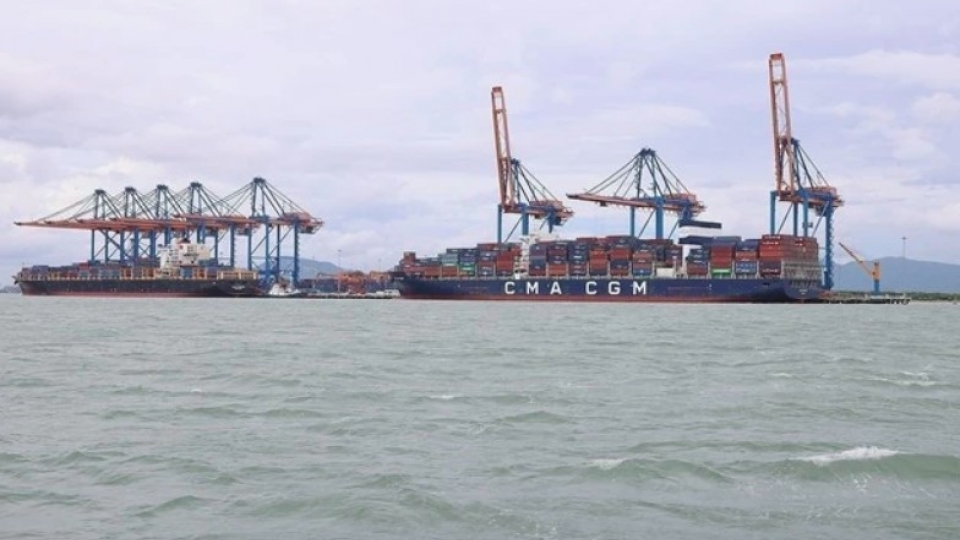Volume of goods through seaports increased during US tariff pause
There's been a surge at Vietnamese container ports as businesses speed up deliveries during the 90-day pause on US reciprocal tariffs.

According to a VCBS (Vietcombank Securities), in April and May, container volume rose 13% year-on-year, with Cai Mep-Thi Vai ports up 22%, Lach Huyen up 32% and HCM City ports up 8%.
In total, over 10 million TEUs were handled in the first four months of this year, a 6% increase. Ba Ria-Vung Tau contributed a 19% growth.
Export turnover reflected a clear ‘front-loading’ trend, with shipments to the US increasing 34-36%, nearly double the growth rate in the first quarter.
VCBS estimates that port operators recorded strong earnings on the back of rising cargo volumes.
Gemadept posted Q1 revenue of VND1.27 trillion (US$48.9 million), up 27%, with a gross margin of 44%, though net profit dipped slightly due to the absence of extraordinary income.
Nam Dinh Vu Port saw a 29% increase in volume and operated at 119% utilisation, while Gemalink handled 440,000 TEUs, up 25%.
The Port of Hai Phong Joint Stock Company reported VND577 billion in revenue and VND145 billion in profit, with its Lach Huyen terminals 3 and 4 officially beginning operations on May 13, lifting total capacity to 3.2 million TEUs.
Saigon Port saw post-tax profits rise 120% to VND111 billion, driven by its CMIT and SSIT joint ventures. The average container throughput increased by 40%, with CMIT up 43.6% and SSIT up 42.2%.
Viconship posted a 16% increase in revenue and 80% profit growth, processing 281,000 TEUs, up 15%.
A major threat to growth in the second half of this year stems from a global oversupply of container vessels. By the end of 2024, the international fleet had exceeded 6,500 ships with a combined capacity of around 32 million TEUs.
VCBS forecasts this could grow to 37.5 million TEUs by end-2027, with 1.6 million TEUs of new ships to be delivered by the end of 2025.
Domestically, port capacity is also set to expand significantly. Nam Dinh Vu Phase 3 (800,000 TEUs) is scheduled to open by the end of 2025. Gemalink Phase 2A (over 600,000 TEUs) is under review. A new series of terminals at Lach Huyen could add another 3 million TEUs over the next two years.
This expansion poses a risk of overcapacity, potentially compressing profit margins as ports compete for cargo volumes and are forced to raise service incentives to attract shipping lines.
A key policy risk also clouds the outlook. If US reciprocal tariffs rise 10-15% above regional averages after July 9, Vietnamese exports to this country, which currently account for about 30% of container export volume, could shrink significantly.
To navigate these headwinds, port operators are urged to diversify into value-added services, optimise operating costs, carefully time the activation of new capacity to avoid internal competition and closely monitor Vietnam-US trade negotiations to minimise exposure to policy risks.



